SATCAT no. 7530 Launch date 15 November 1974 Inclination 101.59° Rocket Delta 2000 | COSPAR ID 1974-089B Website Amsat.Org Inclination 101.59° Launch mass 28.8 kg | |
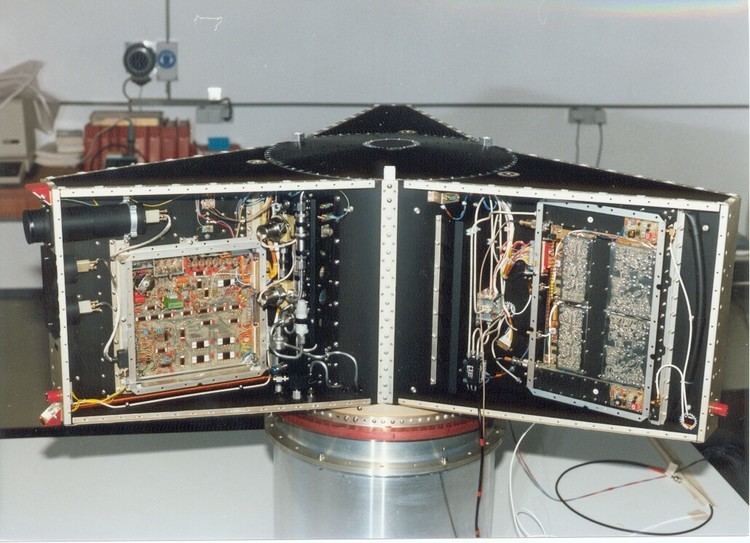 | ||
Mission type Amateur Radio Satellite Mission duration 42 years, 5 months and 12 days elapsed Similar Saudi‑OSCAR 50, AO‑51, Australis‑OSCAR 5, OSCAR 1, UoSAT‑2 | ||
AMSAT-OSCAR 7, or AO-7, is the second Phase 2 amateur radio satellite constructed by the Radio Amateur Satellite Corporation or AMSAT. It was launched into Low Earth Orbit on November 15, 1974 and remained operational until a battery failure in 1981. Then after 21 years of silence, the satellite was heard again on June 21, 2002 — 27 years after launch.
Contents
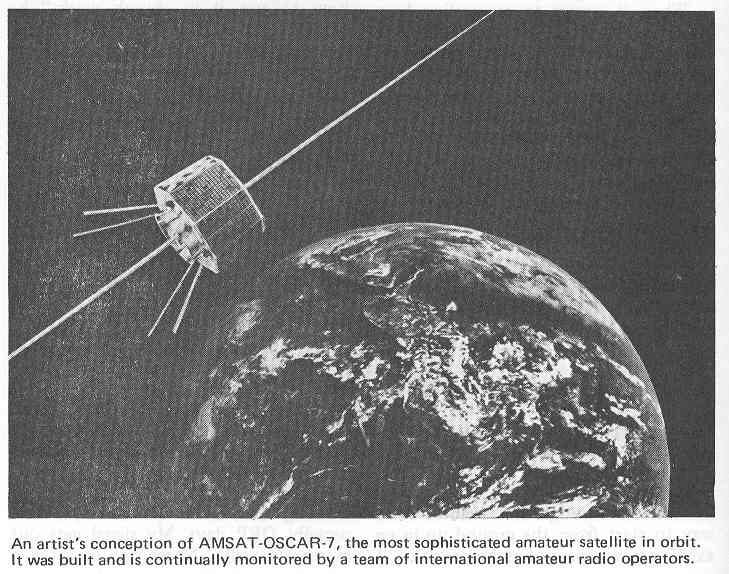
AO-7 is the oldest amateur satellite still in use, and is one of the oldest operational communications satellites. It carries two amateur radio transponders. Its "Mode A" transponder has an uplink on the 2-meter band and a downlink on the 10-meter band. The "Mode B" transponder has an uplink on the 70-centimeter band and a downlink on the 2-meter band. The satellite also carries four beacons which are designed to operate on the 10-meter, 2-meter, 70-centimeter and 13-centimeter bands. The 13-cm beacon was never activated due to a change in international treaties.
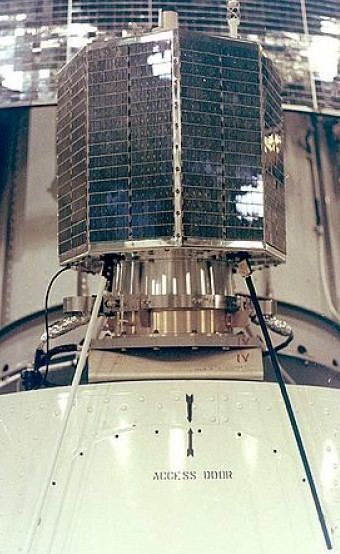
AMSAT reported AO-7 still operational on June 25, 2015, with reliable power only from its solar panels; the report stated the cause of the 21-year outage was a short circuit in the battery and the restoration of service was due to its becoming an open circuit. The satellite eclipses on every orbit during the northern summer and autumn; the rest of the year it is in continuous sunlight and alternates between transmission modes A and B. All transponders and beacons are operational.
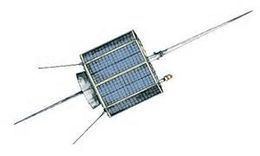
Build
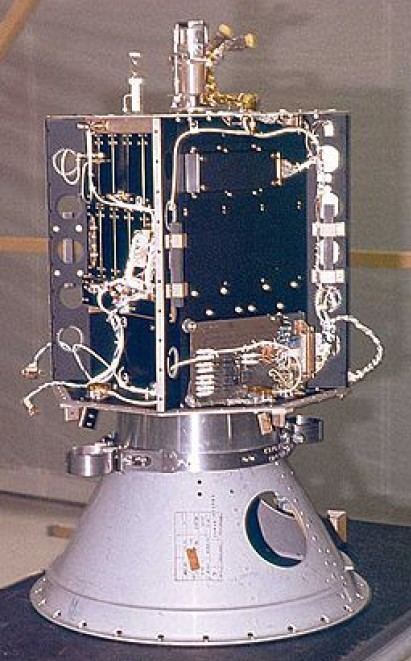
AO-7 was the second Phase 2 satellite (Phase II-B). At launch, the satellite had a mass of 28.6 kg (63 lb) and it was placed into a 1444 x 1459 km orbit. It is shaped as an octahedron 360 mm high and 424 mm in diameter. It has a circularly-polarized, canted turnstile VHF/UHF antenna system and HF dipole. Four radio masts mounted at 90 degree intervals on the base of the satellite and two experimental repeater systems provided store-and-forward for Morse code and teletype messages ("codestore") as it orbited around the world. The Mode-B transponder was designed and build by Karl Meinzer, DJ4ZC and Werner Haas, DJ5KQ. The Mode-B transponder was the first using “HELAPS” (High Efficient Linear Amplification by Parametric Synthesis) technology was developed by Dr. Karl Meinzer as part of his Ph.D. research. AO-7 has redundant command decoders of a design similar to the unit proven highly successful in AMSAT-OSCAR 6. The decoder has provisions for 35 separate functions, and is designed to provide a reliable means of controlling the emissions of the repeaters, beacons and other experiments aboard the spacecraft.
Firsts
AO-7 demonstrated several uses of new technologies and operations
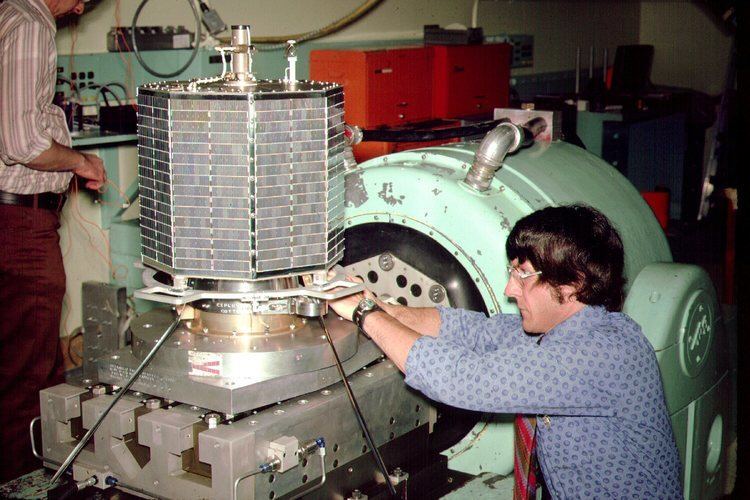
Legal issues
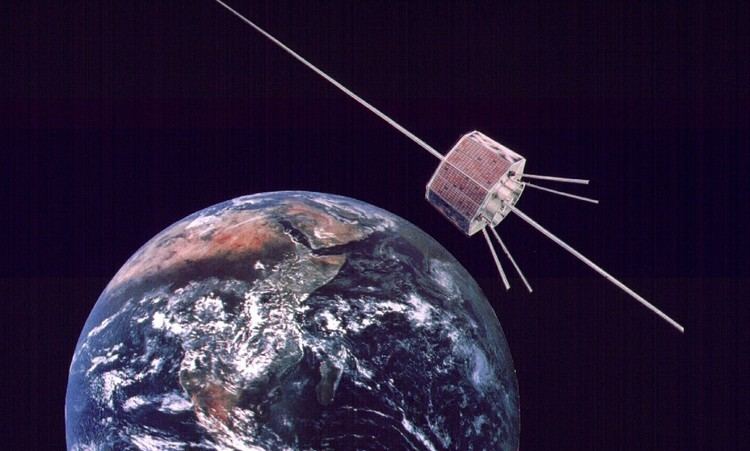
The uplink frequency predates the WARC 1979 allocation of 435-438 MHz by the ITU for the Amateur Satellite Service which places the uplink in the 70cm weak signal segment. Additionally, the IARU bandplan has the 432.1 MHz range (which is used for mode B uplink) marked for "weak signal" in all three Regions. Accessing the Mode B uplink is permitted in the United States under a waiver from the FCC.
Current status
As of December 2016, contacts with AO-7 are reported daily.
